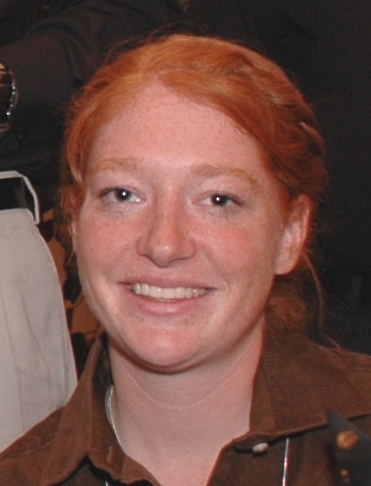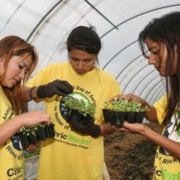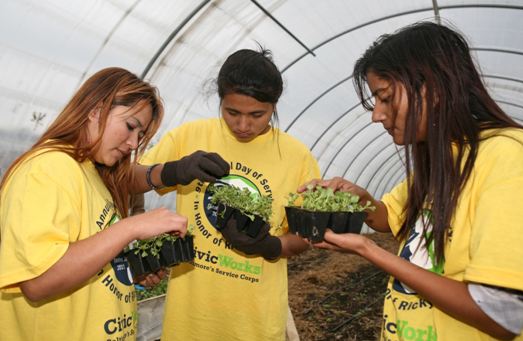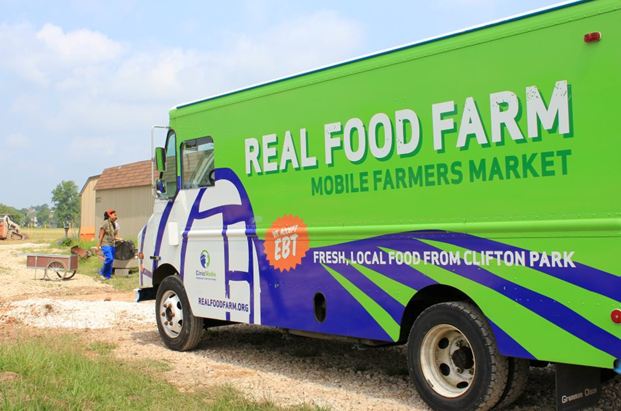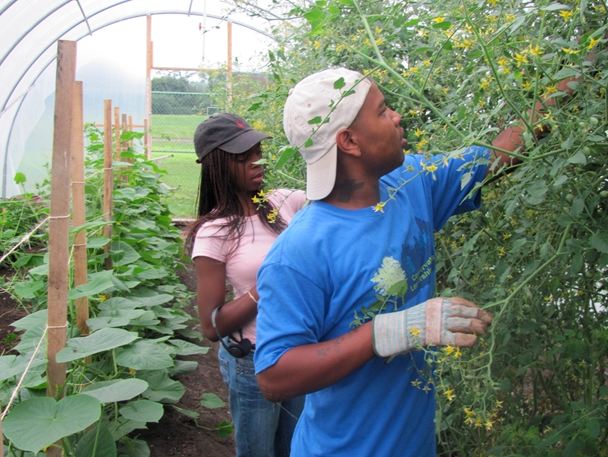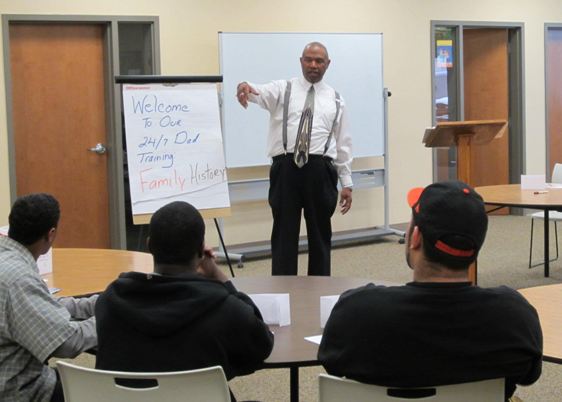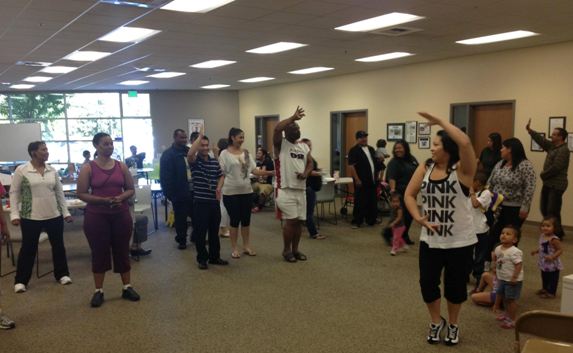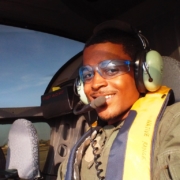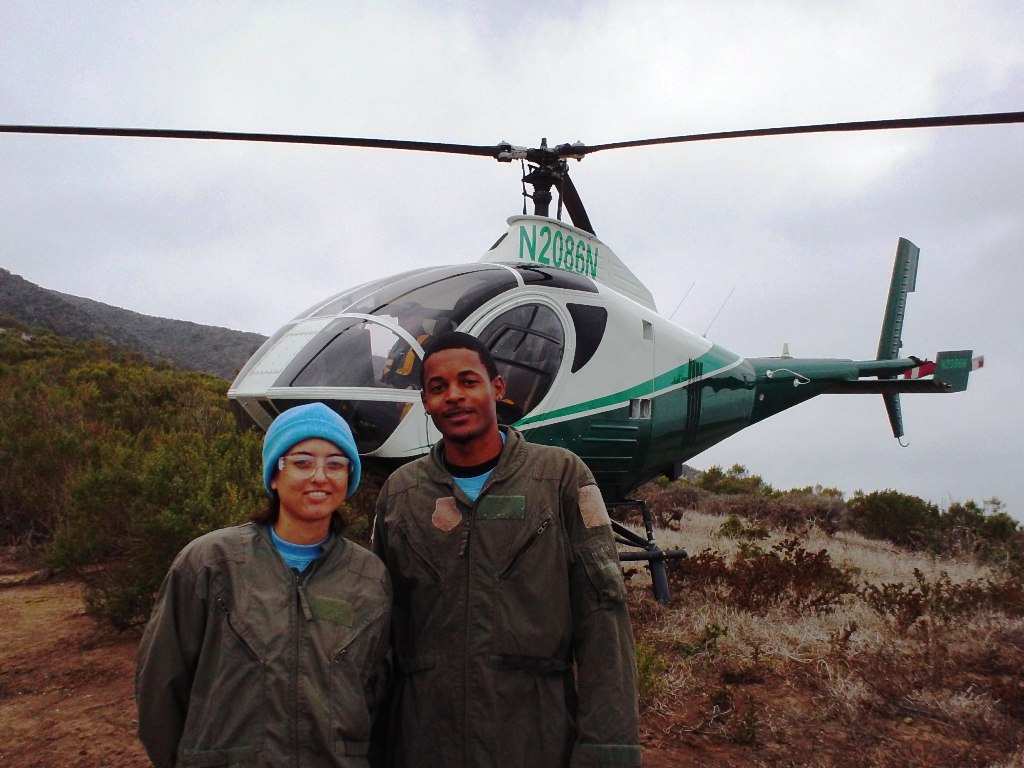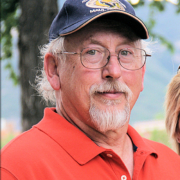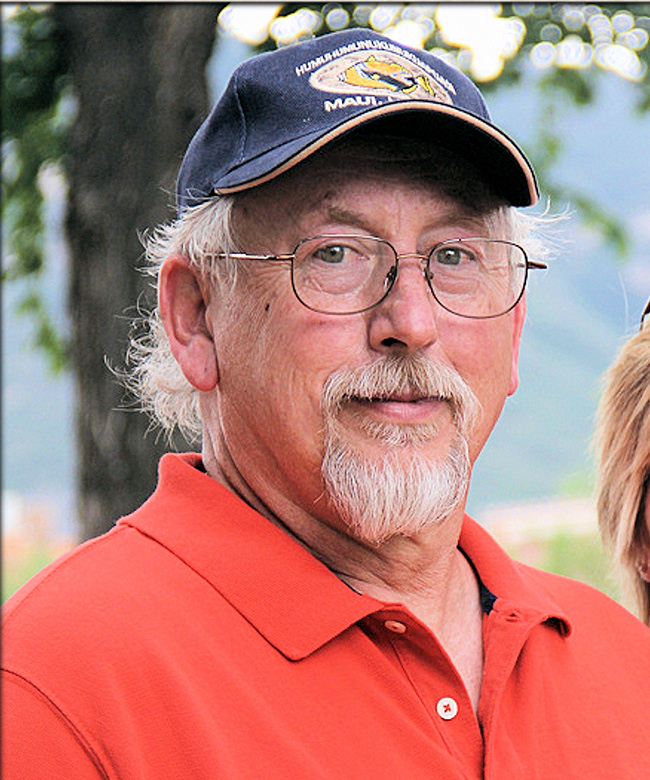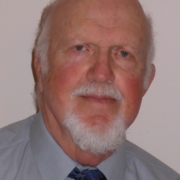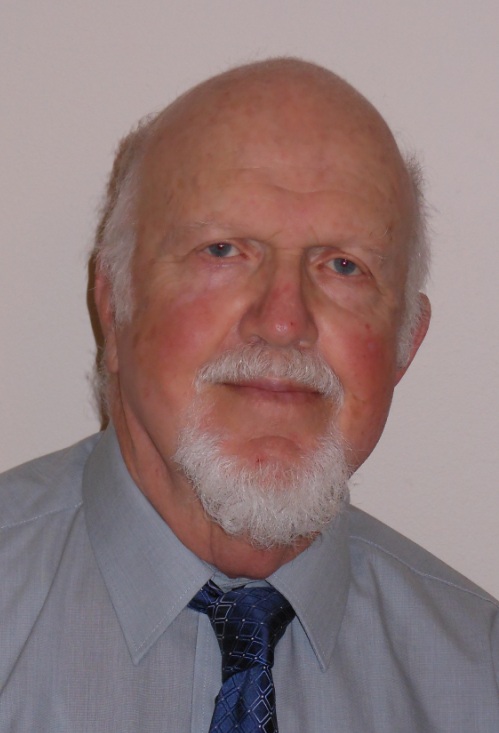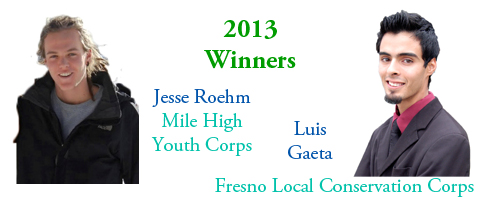
*** January 23 Update ***
In the final week of our Corpsmember of the Year Giving Campaign, we’d like you to meet Jesse and Luis! Previews of their stories are below. As of 1/23/13, we have raised $415 to support the Corpsmembers attendance at the National Conference. Thank you to those of you who have generously contributed!
We are also pleased to announce that we were selected as a finalist in the JobRaising Challenge, a fundraising and blogging competition “among nonprofits committed to ending the jobs crisis in America.” The competition is sponsored by The Huffington Post, the Skoll Foundation, and Crowdrise. The organization that raises the most money “wins” an additional $250,000.
Because of the timing of this fabulous opportunity, we have decided to roll the Corpsmember of the Year Giving Campaign into meeting that larger goal. We hope you will consider donating to our campaign or spreading word of our participation in the competition. You can note on your donation that it is in honor of the Corpsmembers of the Year.
With huge thanks to 2013 Corpsmembers of the Year: Jesse, Luis, Sarah, Brandon, Raghda, and Alex. We are excited to have you all join us at our National Conference in Washington D.C. this February, and honor your significant accomplishments! You and the other Corpsmembers nationwide are the reason we do what we do, and we thank you for sharing your stories of triumph with us.
*** January 16th Update ***
As part of our continuing campaign to introduce our 2013 Corpsmembers of the Year, this week we would like to introduce you to Sarah and Brandon.
To help defer the costs of their experience in Washington DC, this year we are asking for your help. As you may recall, our goal is to raise $1800 by January 31st and we’ve got a long way to go! Thank you for considering a donation and for sharing Sarah and Brandon’s stories with others.
We thank you for your support.
*********************************
For over 25 years The Corps Network has been working to support our network of members and the youth they serve through programming that focuses on helping Corpsmembers develop job skills and work experience, further their educational credentials, and develop leadership skills in service to their communities. More simply, our mission is to promote the growth, quality, and sustainability of Corps. We believe that in this time of economic hardship and recovery that well-funded, high-quality Corps are needed more than ever.
Each year over 30,000 young people join Corps with hopes of improving their own lives and the communities they live in. We bring 6 young people to our National Conference in February as “Corpsmembers of the Year.” Their achievements and service merit special commendation. As part of their experience in Washington D.C., Corpsmembers of the Year often get to meet their members of Congress and serve as our most valuable spokespeople.
To help defer the costs of this important experience, this year we are asking for your help. It costs us approximately $1800 to bring each person to Washington D.C. and pay for their meals, lodging, and airfare. With that goal in mind, we would like to raise $1800 by January 31st. For the next 3 weeks, we plan to send out 2 stories each week about our Corpsmembers of the Year to show you just how special they are, and how your support helps us work to support Corps. Each week we are going to send out updates to show how much closer we have come to achieving our goal. After reading the stories, we hope you will consider making a donation to The Corps Network in support of their experience. We thank you for your support.
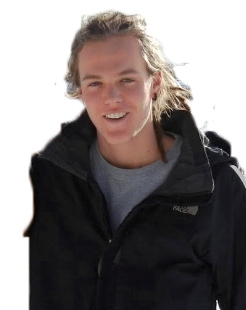 Jesse Roehm
Jesse Roehm
Mile High Youth Corps
Jesse was looking for a fresh start after he graduated from Indiana University in May 2010 with a bachelor’s degree in sociology and international studies. He wanted to do AmeriCorps and he felt he needed to move away from Indiana in order to make real changes in his life.
The mountains of Colorado seemed like the ideal location to forge a new beginning.
Continue Reading
 Luis Gaeta
Luis Gaeta
Fresno Local Conservation Corps
Nineteen-year-old Luis Gaeta was working three part-time jobs, struggling to make ends meet in retail, as a referee, and in security. His car constantly broke down and his housing situation was unstable. He realized his lack of job skills and a high school diploma held him back from leading a more comfortable lifestyle.
Luis knew it was time to get serious when he and his girlfriend found out they were expecting their first child.
Continue Reading
 Sarah Huff
Sarah Huff
California Conservation Corps
Sarah Huff wasn’t looking for a job when she attended a California Conservation Corps (CCC) orientation in 2011. Lacking her driver’s license, living with her parents, and unable to declare a major after three semesters of college, Sarah thought she might find direction if she tried something new.
Little did she know she would soon discover her calling in conservation.
Continue Reading

Brandon Penny
Civicorps
During his third week with Civicorps Learning Academy, Brandon Penny wrote a poem in which he stated, “Just because I don’t have my high school diploma doesn’t mean I am not smart.”
This stanza encapsulates Brandon’s journey and his humble nature.
Continue Reading
 Raghda Raphael Raghda Raphael
Urban Corps of San Diego
Raghda Raphael’s story is one of triumph over tragedy.
She and her family emigrated from Iraq to the United States in 2010. Though Raghda came to America as a refugee, her life in Baghdad had once been filled with happiness. As a child, she received good grades in school, had many friends, and lived comfortably with her family in her grandfather’s big house.
Unfortunately, things changed once the initial hopefulness following the overthrow of Saddam Hussein faded and insurgents took power. Raghda was soon surrounded by the threat of car bombs, roadside bombs, and assassinations.
Continue Reading |
 Alex Hreha Alex Hreha
Coconino Rural Environment Corps
Alex Hreha was a teenager in need of direction. He describes himself as having been overweight, under-motivated, and lacking self-confidence.
All of this changed, however, when he joined the Coconino Rural Environment Corps (CREC) in 2010.
Continue Reading |





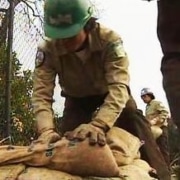

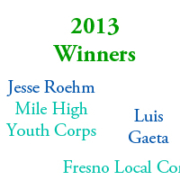

 Jesse Roehm
Jesse Roehm Luis Gaeta
Luis Gaeta Sarah Huff
Sarah Huff
 Raghda Raphael
Raghda Raphael Alex Hreha
Alex Hreha
